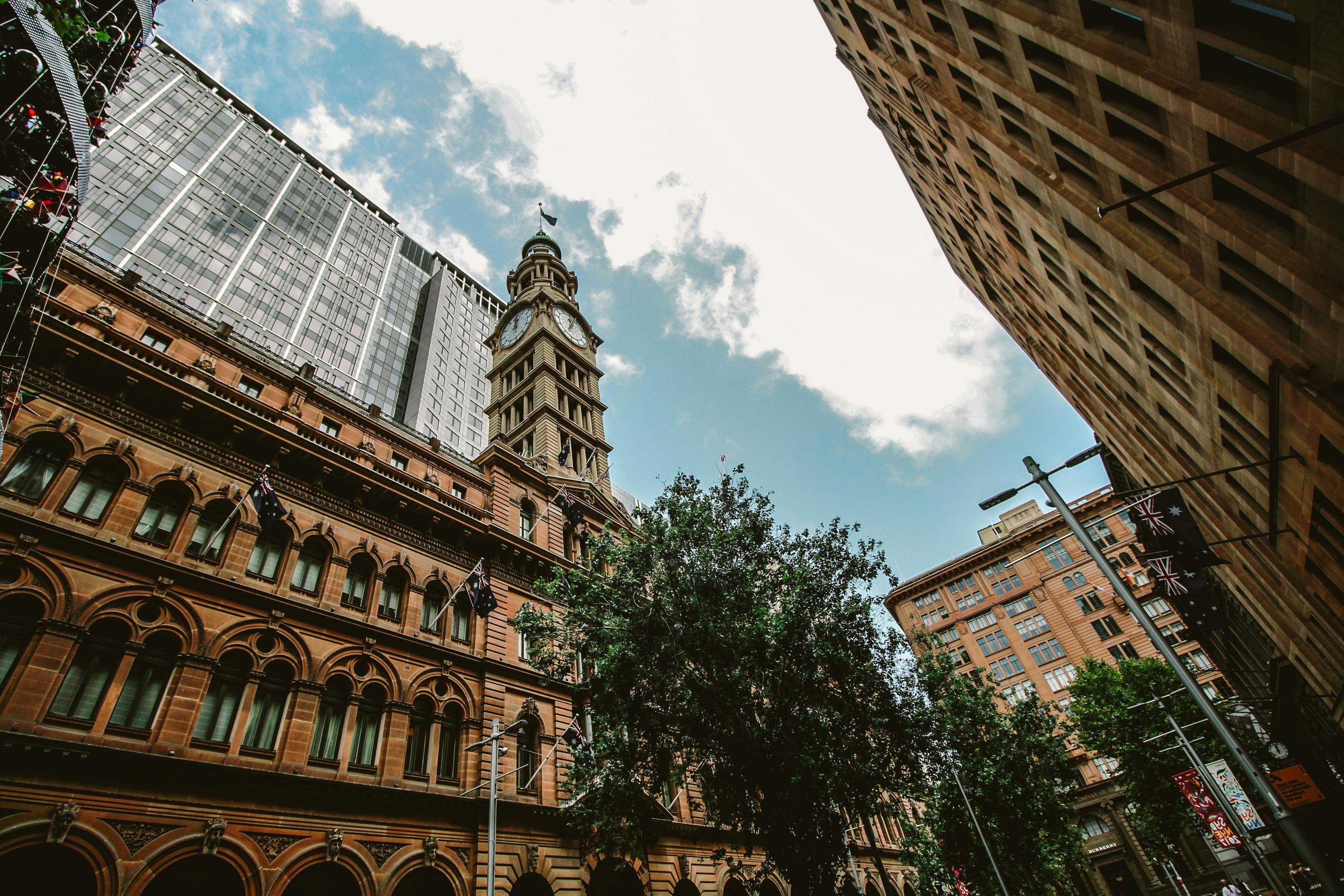George Wellington “Cap” Streeter hailed from Flint, Michigan. At various times he was a lumberjack, circus performer, ice cutter, soldier, logger, and miner. His wife was fed up with his lack of direction and left him, taking his money, so he left Michigan and came to Chicago.
Cap wasn’t one to stay single for long. In 1886, he and his second wife Maria “Ma” Mullholland decided to make their fortunes as arms dealers in Honduras. They bought and repaired a boat and christened it “Reutan”. In typical Cap Streeter fashion, this was a misspelling. They supposedly wanted to name it after an island off the coast of Honduras called Roatán, but you can’t expect would-be arms dealers to let a little thing like spelling slow them down.
Hurricane winds, however, put a stop to their plans. Cap and Ma chose to test their boat on Lake Michigan when a storm hit. These intrepid dastardly entrepreneurs ended up on a sandbank about 450 feet east of Michigan Avenue. Rather than excavate and continue their expedition, they chose to make the sandbar their new home and lived aboard the Reutan.
This was the perfect opportunity for Cap to make his mark. Fifteen years after the Chicago fire, the city was in a building frenzy. Cap invited contractors to use his shoal as a midden (for a fee) and eventually extended the shoreline to include 186 acres of new land. You can’t blame the contractors. It was convenient and Cap of course underbid the legitimate dumps.
Not that Cap thought his province was illegitimate. He had done his research and, according to an 1821 government survey, the Chicago and Illinois boundaries ended at the original shoreline. Therefore, his landfill was independent of both and he designated it the “Lake Michigan District”, responsible solely to the federal government. And, as a Civil War veteran, he claimed that he was occupying a house and that it was his by rights.
As the self-proclaimed governor of his newly created district, Cap began selling parcels of land, and a slum sprung up out of the dump. By then, Cap and Ma had built a two-story house to replace Reutan as their headquarters. They lived on the second floor, complete with a retractable staircase, and the first floor was their “war room.”
Cap felt he needed a war room. Chicago’s wealthy businessmen were not happy to have a slum in the shadow of their exquisitely built mansions and businesses. They also decided that a track on this new land would greatly increase its value by connecting the business district to the Gold Coast. (This road was Lake Shore Drive.) So, they went to city officials and convinced them to notify the police of these squatters.
Several battles ensued for the Lake Michigan district. Ma took on a group by pouring boiling water on officers trying to arrest Cap. His tenants also fought to maintain the independence of the District, rebuffing the police on several occasions. Although he was often caught, he was acquitted each time. Although he was at one point found guilty of murder, the Governor of Illinois pardoned him and agreed that Cap had been framed. During his imprisonment Ma died.
Undaunted, Cap continued his campaign. His battles were now fought mainly in court as his opponents realized they could not forcibly remove the man and his tenants. In 1918 he was arrested for selling liquor without a license and assaulting a policeman. While he was in prison, agents from the Chicago Title and Trust Company burned down his home and his third wife, Emma, ran at them with a meat cleaver (Cap obviously had a tendency to marry independent and temperamental women, who? more could hold? with him?).
Cap died, rather ignominiously, of pneumonia in 1921. Ironically, the mayor of Chicago attended his funeral. Emma fought a campaign to ensure that the Lake Michigan District remained in her family, and she filed more than 1,500 claims for compensation without success. Chicago and Cook County officials found a good loophole in denying these claims. Since Cap’s first wife had run off with a vaudeville company (would you expect anything less?), they weren’t divorced, so Emma and Cap were never legally married and their claims were deemed invalid.
The next time you visit the Hancock Building or see its crisscross heights, keep in mind that it was built over a renegade’s shanty. George Wellington Streeter was a scoundrel and an opportunist, but his eccentricities gave Chicagoans some of his most valuable real estate.
And that, in a nutshell, describes the charm and charm of Chicago. What started as a sandbar is now the most profitable piece of land in the city. Go figure.
